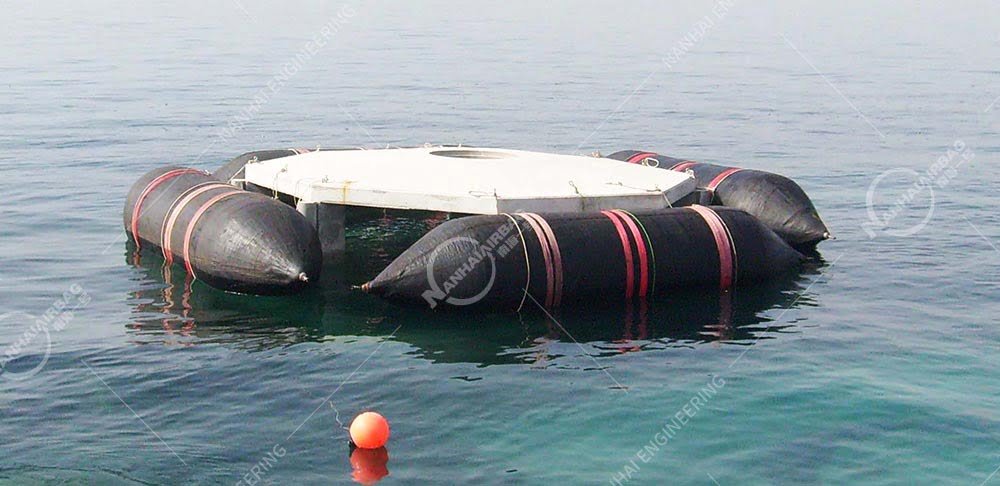Salvage Rubber Airbags
09/19/2024Foam-filled Donut Fender
09/23/2024Floating Rubber Airbags

Floating rubber airbags are specialized inflatable devices designed for various applications, primarily in marine and industrial contexts. Here’s an overview of their key features and uses:
Introduction Of Floating Rubber Airbags
Definition: Floating rubber airbags are large inflatable structures made from durable rubber materials that can float on water. They are designed to provide buoyancy and support, often used for lifting and moving heavy objects.
Key Features
- Material:
- Typically constructed from high-strength rubber or synthetic materials that are resistant to abrasion, UV rays, and chemicals.
- Buoyancy:
- Engineered to provide significant buoyant force, allowing them to support heavy loads while floating.
- Versatility:
- Available in various sizes and shapes to accommodate different applications, from marine salvage to construction.
- Inflation Mechanism:
- Can be inflated using air or water, making them easy to deploy and manage.
Applications
- Marine Salvage:
- Used to lift sunken vessels or heavy equipment from underwater, facilitating recovery operations.
- Construction:
- Helps in the relocation of heavy structures or materials in areas where traditional cranes may not be feasible.
- Environmental Protection:
- Can be employed to create barriers or containment solutions in spill response scenarios.
- Transportation:
- Assists in the loading and unloading of heavy cargo in marine environments.
Advantages
- Lightweight and Portable: Easy to transport and deploy.
- Cost-Effective: Reduces the need for heavy lifting equipment.
- Minimal Environmental Impact: Often used in sensitive areas without causing significant disturbance.
Conclusion
Floating rubber airbags are valuable tools in various industries, providing an effective solution for lifting and moving heavy objects in aquatic environments. Their versatility and ease of use make them indispensable in marine operations and beyond.
